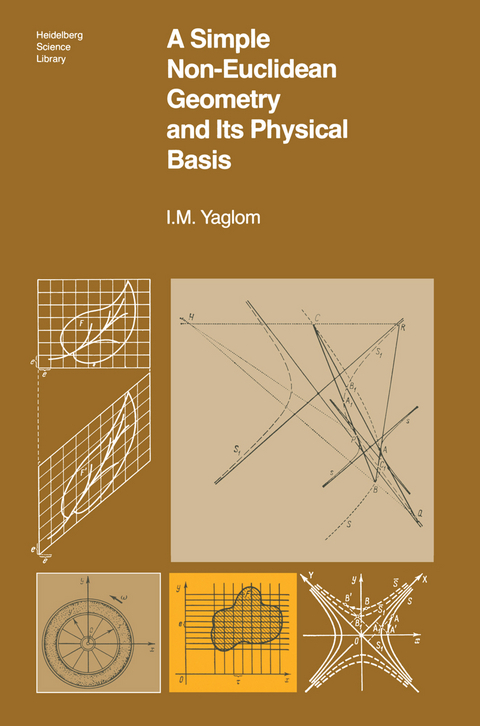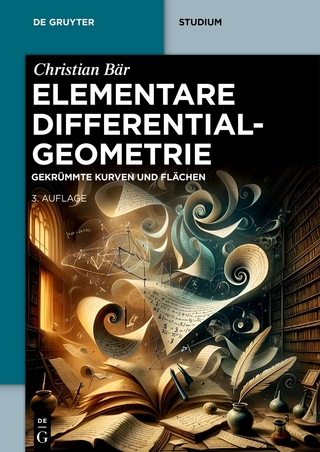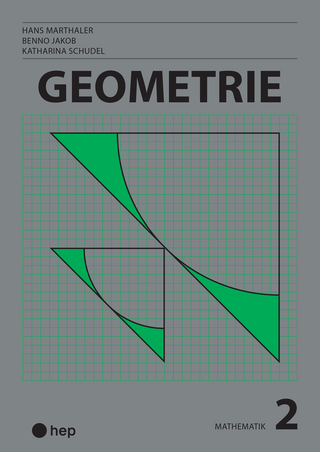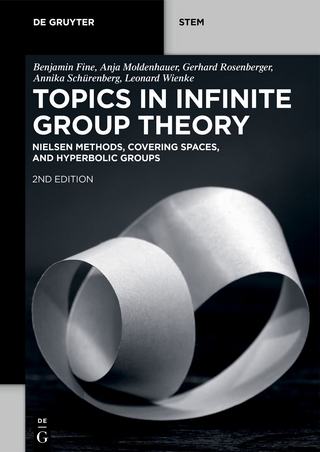
A Simple Non-Euclidean Geometry and Its Physical Basis
Springer-Verlag New York Inc.
978-0-387-90332-3 (ISBN)
1. What is geometry?.- 2. What is mechanics?.- I. Distance and Angle; Triangles and Quadrilaterals.- 3. Distance between points and angle between lines.- 4. The triangle.- 5. Principle of duality; coparallelograms and cotrapezoids.- 6. Proof s of the principle of duality.- II. Circles and Cycles.- 7. Definition of a cycle; radius and curvature.- 8. Cyclic rotation; diameters of a cycle.- 9. The circumcycle and incycle of a triangle.- 10. Power of a point with respect to a circle or cycle; inversion.- Conclusion.- 11. Einstein’s principle of relativity and Lorentz transformations.- 12. Minkowskian geometry.- 13. Galilean geometry as a limiting case of Euclidean and Minkowskian geometry.- Supplement A. Nine plane geometries.- Supplement B. Axiomatic characterization of the nine plane geometries.- Supplement C. Analytic models of the nine plane geometries.- Answers and Hints to Problems and Exercises.- Index of Names.- Index of Subjects.
| Reihe/Serie | Heidelberg Science Library |
|---|---|
| Mitarbeit |
Assistent: B. Gordon |
| Übersetzer | A. Shenitzer |
| Zusatzinfo | 307 p. |
| Verlagsort | New York, NY |
| Sprache | englisch |
| Maße | 155 x 235 mm |
| Themenwelt | Mathematik / Informatik ► Mathematik ► Geometrie / Topologie |
| ISBN-10 | 0-387-90332-1 / 0387903321 |
| ISBN-13 | 978-0-387-90332-3 / 9780387903323 |
| Zustand | Neuware |
| Haben Sie eine Frage zum Produkt? |
aus dem Bereich


